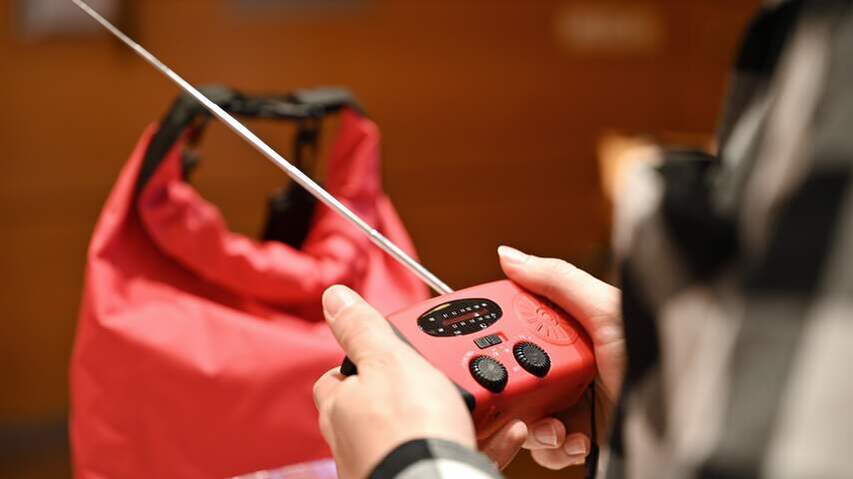
Emergency radios are popular, but many extra functions barely work. For example, the Consumers’ Association discovered that solar cells hardly charge the battery at all. Wind-up radios are also impractical, because you have to crank for a long time for one minute of radio.
The government advises having an FM radio at home for emergencies, so you can receive government messages during a power outage. But according to the Consumers’ Association, you are no better off with an emergency radio in an emergency situation than with an ordinary FM radio on batteries. The organization tested ten emergency radios and two ordinary radios for this purpose.
“All radios worked well, we have no major discouragements,” says a spokesperson for the consumer organization. “But consumers may wonder if an FM radio on batteries is not just as good.”
The organization tested models from 20 to 230 euros. Emergency radios are usually more expensive because of the extra functions, such as solar cells, a built-in flashlight, charging crank or power bank function.
Furthermore, the charging crank turns out to be impractical. The German testing organization Stiftung Warentest helped with the tests and averaged 120 to 150 revolutions per minute. These only provided two minutes of listening time.
The solar cells also appear to be ineffective. “The battery was not charged, but at most maintained,” says the Consumers’ Association spokesperson. The built-in flashlight functioned well in all models. Some radios can charge smartphones, but it takes a long time. It takes three to eight hours, while an ordinary power bank can do that in one and a half hours.
The Consumers’ Association concludes that a cheap FM radio on batteries usually works just as well as an expensive emergency radio. “Just make sure you have enough batteries at home if you add this radio to your emergency kit.”